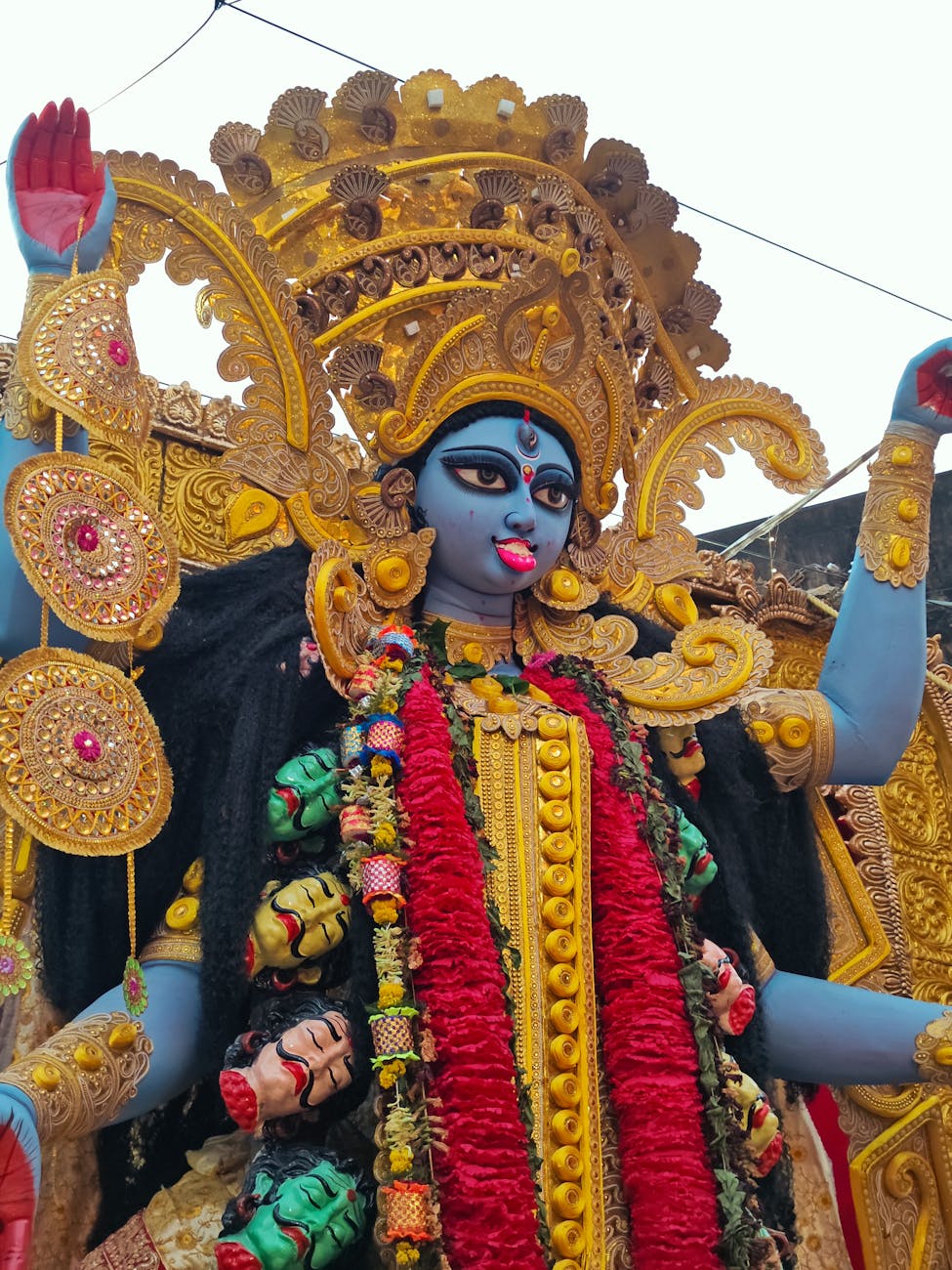The room was cold and lit by artificial lights. It was in a large building in a corner of the city unknown to 10 year old Manu. He has tried everything — resisting, pleading, crying, shouting — to no avail. First they made him unconscious. Mercy! Then they cut him open…
Three hours later Manu woke up in the ward with a slight pain in his abdomen. It was normal after an appendectomy. Everyone was relieved to hear him ask for ice cream.
Violence is not easily described. Any attempt at defining violence in universal terms is flawed. Look at what Dr BR Ambedkar said about MK Gandhi:
I knew Gandhi better than most people because he opened his real fangs to me, and I could see the inside of the man. Gandhi was all the time double-dealing. He ran a paper in English and another in Gujarati, and if you read them both you will see how he was deceiving the people. In the English paper he posed himself as an opponent of the caste system and of untouchability and that he was a democrat, while in the Gujarati one he supported the caste system and professed all the orthodox dogmas that have kept India down all through the ages. Someone ought to write his biography by making a comparative study of the statements he made in these papers. The West reads only the English paper. Gandhi never wanted real upliftment of the Dalits. All he cared about were issues of absolutely no consequence to us like temple entry. Gandhi was never a reformer.
In the savarna Indian imagination, there’s no space for Gandhi to be violent. Gandhi is, after all, the global icon of non-violence. How can Gandhi have fangs then? Can a fast to death ever be considered a violent act!?
Therefore we twist the definition of violence in our public consciousness. We see violence only when there’s an obvious physical blow. We refuse to see any other shade of violence.
Defining violence such allows us to justify not just Gandhi, but also our families, society, and culture. The most violent suppression of freedoms within our households are never labeled violence. Lashing out against such traditions are considered violent acts though.
It’s also of note that the word “violence” evokes a visceral reaction in us. There’s an instinctual response that “violence is bad”. Despite the vagueness of the word, anything that’s labeled violent is condemned immediately by everyone.
That’s how resistance to oppression is policed. Be it Palestine, be it Bastar, be it our day-to-day lives, when people lash out after being suppressed for years or generations, the fine words of wisdom emerge – “No matter what, you should not be violent”
The problem with the word violence is that it doesn’t capture the complexity of the situation and regardless creates strong emotions in people.
Perhaps a better word to use would be “injustice”. It seems easier to see systemic “injustice” than systemic “violence” (even though they’re both the same). And if you use the word “injustice” instead of violence, it becomes easier to talk about what happens in healthcare too.
Whenever a discussion about injustice (violence) in healthcare comes up, the attempt seems to be always to find out who’s the biggest victim. The doctors are up in arms to defend themselves as the greatest victims. And then a few scholarly activists here and there are able to articulate about how patients are the “real” victims.
There’s an overlap of many kinds of injustice in healthcare settings:
- Caste-class based elitism and lack of dignity
- Power hierarchies and abuse of power
- Toxic work culture
- Sexual harassment
- Neglect of public health system and disinvestment
- Incompetence and resultant mistreatment
- …
- …
But the one I would like to leave you with is the injustice of singling out healthcare in a deeply broken society. The injustices that play out in healthcare systems are part of a pattern of injustices in the larger society. The precariousness of illness might make it seem like hospitals are a special case which deserve special attention. But we are unlikely to solve the injustices inside a hospital without also addressing the same patterns of injustices outside the hospital.
If there’s a discussion about violence in healthcare that doesn’t recognize that violence is part of the caste-class makeup of our society, then the discussion would itself be violent.
PS: I find “graceful” people violent. What’s grace but an aesthetic that’s encouraged by the society to keep people from asking uncomfortable questions? Grace is a violent charm. Avoid grace.
Subscribe to my Substack Newsletter
As you might have noticed, social media these days prioritize engagement and doesn’t really let people build relationship with an audience. One way to take back some control is to directly be connected to your favorite authors, artists, etc through e-mail. And that’s what subscribing to my newsletter is about, too. I’m intentionally staying away from substack (which is susceptible to enshittification), and self-hosting the newsletter. What that means is also that the mails could land in spam. So, please press “Not spam” if they do end up in spam. Thank you!
You can fill your details below
↓
